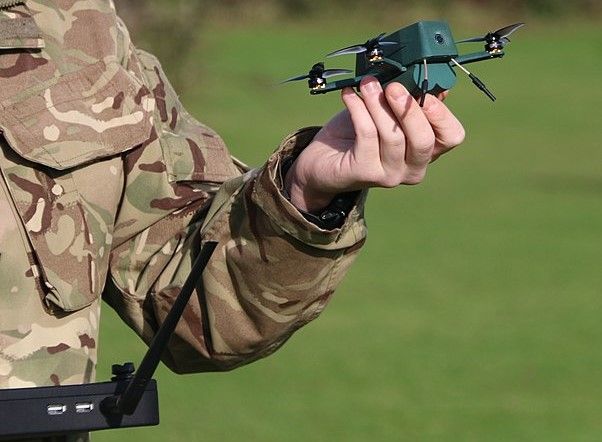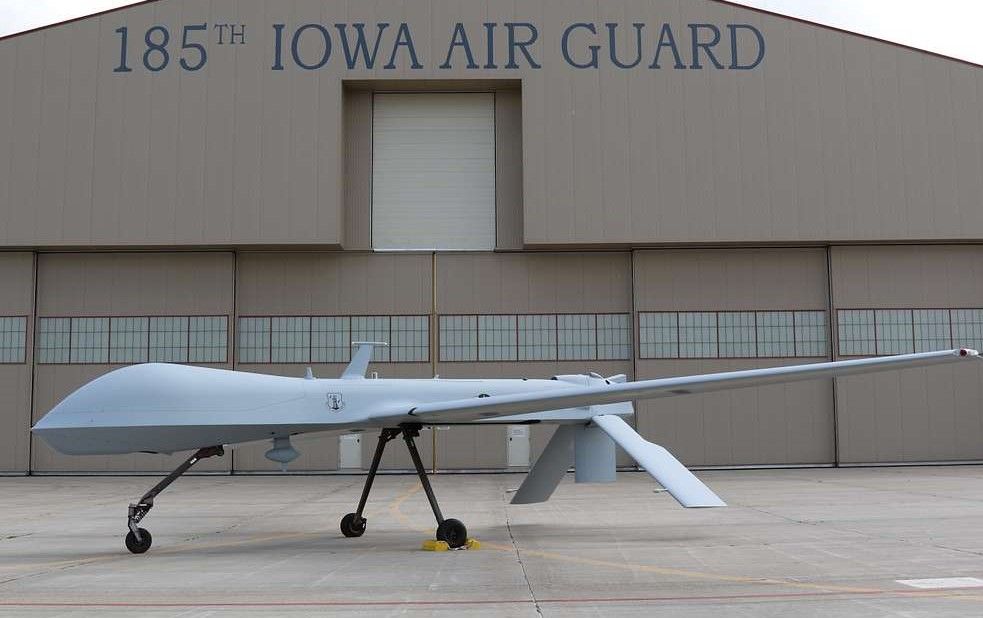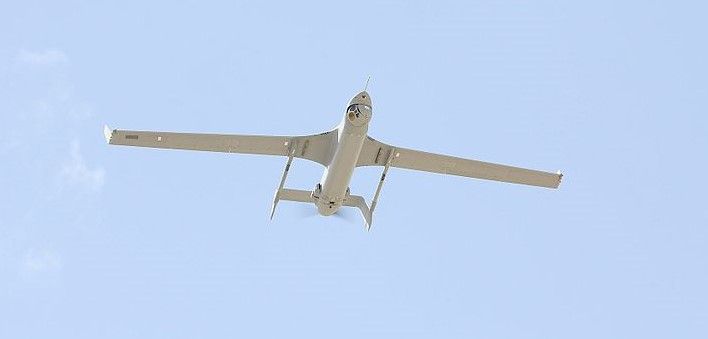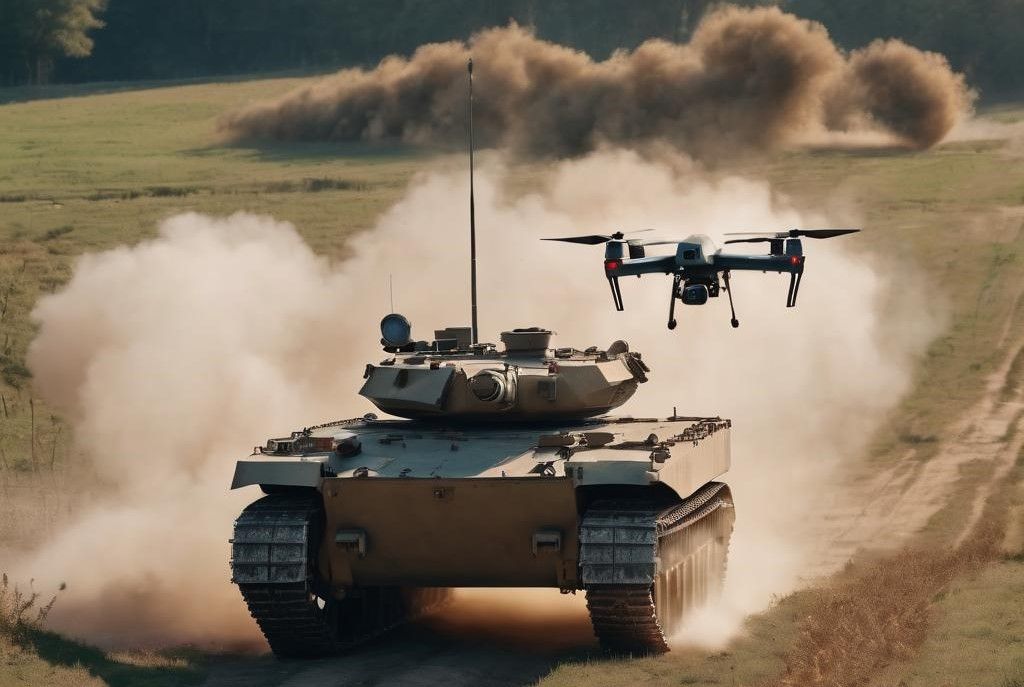Is Smaller Better for Ukraine’s Drone Strategy?
Unlike high-flying reconnaissance drones, the Ukrainian battlefield needs more firepower from a smaller, more agile drone.

The traditional approach to drones was to make them large, with a decent-sized payload, a broad wingspan for aerodynamic advantage, and sufficient fuel for long and high surveillance flying.
It was a drone design goal that is widespread across all modern militaries.
As the industry journal Defense News observes, “More than 30 countries now operate medium-altitude, long-endurance, or MALE, drones, primarily acquired in the last decade.” The model is even becoming more widely adopted, with the report noting that, “Drone Wars UK, a non-governmental British organization that tracks drone proliferation, has identified 14 other nations likely to purchase these systems in the near future.”

Yet these drones were designed to fight in the broad, open spaces of the counterinsurgency wars in Iraq and Afghanistan. Ukraine is a very different battlefield – more soldiers, more trenches, and more armour – which requires a very different drone design.
“The [Ukraine] war has made it clear that a kinetic capability in Group 2 and 3 UAS is relevant” says Jill Vacek, a spokesperson for the Boeing subsidiary, Insitu. “[So] we have put more rigor behind an existing research and development in this focus area.”

The Integrator drone is an example of a Group 3 drone following the US Department of Defense classification. It is relatively small, with a maximum weight of 599 kg, but has a top speed of 250 knots, while the increasingly popular Group 2 weighs only 10 to 25 kilos.
“Integrator delivers range and endurance previously available only with larger, more expensive, and more vulnerable MALE UAV platforms,” explain Vacek. “It can be operated by a fraction of the operators and maintainers required for traditional Group 5 UAS [weighing 600kg or more], and with no runway necessary.”
A further expansion of the ‘smaller is better’ drone design can be seen in the proliferation of low-cost kamikaze drones, such as the AQ-400 and AQV-150 produced by One Way Aerospace. Their popularity is due not only to their price and portability, but crucially because in a war where neither side has air superiority, they are agile and hard to detect.

Another design variant that has seen some success is the tube-launched drone. For example, the Israeli drone producer Uvision has collaborated with the German arms manufacturer Rheinmetall to produce the Hero series of loitering munitions which have been purchased by both the Italian and Hungarian militaries.
However, like most military drones, the Hero series needs a fair amount of space to get airborne, something which soldiers fighting in trenches close to the frontline, in forests, or in urban environments may not have.

“The challenge of tube-launched loitering munitions in urban warfare environments is that you typically need a certain amount of open space in front of you and a clear path with no personnel in between,” says Alon Tamir, the senior business development and marketing manager at Israel Aerospace Industries. “It makes where you can launch more complex.”
To resolve this challenge, IAI have developed a drone capable of vertical take-off and landing, as well as hovering. Unlike hobby drones, the Rotem Alphaweighs a hefty 25kg, has a range of ‘tens of kilometres’, and can be ready for take-off in less than two minutes. Yet it is powerful enough to carry a tank-busting warhead (penetration > 600mm RHS) – ideal for use in the Ukraine conflict.
“We knew we had to develop a loitering munition with an anti-tank capability to respond to the demand for customers looking to destroy any type of military vehicle,” says Tamir.

Such is the state of weapons development during an ongoing European war. Where there is a military opportunity to exploit, somebody, somewhere will take advantage. And so, it is with the adaptation and modification of drones in Ukraine.
What was once seen as a high-flying, reconnaissance tool, has become much smaller, more expendable, and has evolved rapidly to suit trench warfare and oppose tanks.
An unexpected outcome, from an unexpected type of war. As Tamir concludes, “Much of the world never thought we would widely see tanks fighting in Europe, yet here we are.”
Photo credit: Wikimedia, OpenClipart-Vectors from Pixabay, Wikimedia, Youtube, NARA, Wikimedia, & Gencraft

